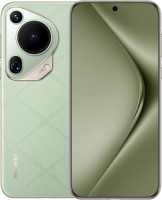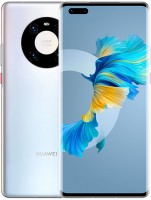Mobile Phones Huawei series Nova (mid-level+)
Huawei Nova
In 2016, Huawei launched a new experimental line of Nova smartphones. At first, it was attached to the P family, but over time, the range expanded so much that it became cramped within the current framework. Since then, the Nova series has been trying to find its voice - it either brings it into the low-cost segment, then it carries it forward and upward in the opposite direction.
 |
Perhaps the main advantage of the Nova line is that it combines the advantages of the premium segment with advanced chips, while the models in this series do not “bite” in price. Usually, Huawei takes some already released models as a basis, changes something in them, adds a couple of interesting features and slightly updates the appearance of the dialer. Moreover, these can be both well-known models in Europe and the USA, and some exclusives for the domestic market, which otherwise would hardly have reached our edges.
Because of this, the series is very homogeneous: at the bottom of the list you can find modest everyday devices for more than 100 dollars, and at the top, flagship models with advanced equipment and a corresponding price. For example, the recently popular Huawei Nova 5T turned out to be an identical twin of another bestseller Huawei Honor 20 with a couple of small design changes. On the other hand, Huawei Nova 8 Pro is an absolutely independent device close to the elite with an impressive ten-bit OLED display, a serious quad camera, wireless charging and other flagship features.




